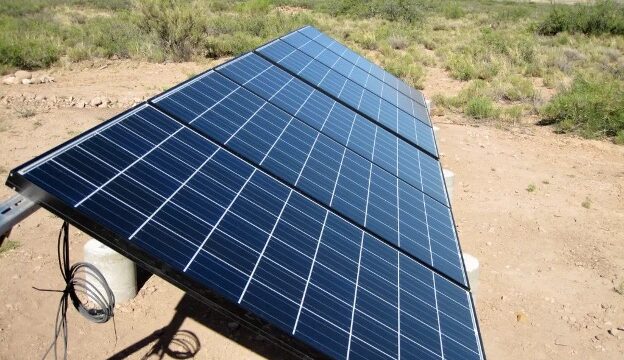Healthy Environments and Lives (HEAL) National Research Network , 2023
Implementing Partners: Australian federal and local government (e.g., National Health and Medical Research Council, Australian Government Department of Health and Aged Care, National Aboriginal Community Controlled Health Organisation, Environment Protection Authority Victoria, and the Commonwealth Scientific and Industrial Research Organisation, NSW Department of Planning and Environment)
Universities and Institutes (e.g., University of Canberra, Australian National University, University of Sydney, University of Melbourne, Menzies School of Health Research, Griffith University, Telethon Kids Institute, University of Tasmania, University of South Australia, Queensland University of Technology, University of Western Australia, University of New South Wales, RMIT, University of Queensland, Curtin University, Flinders University, Charles Darwin University, University of Newcastle, Australian Institute of Health and Welfare, Lowitja Institute, South Australia Health and Medical Research Institute, University Technology Sydney, Centenary Institute, Deakin University, James Cook University, Murdoch University.)
NGOs (e.g., Doctors for the Environment Australia, Australian Healthcare and Hospitals Association, Climate and Health Alliance, Public Health Association of Australia, Asthma Australia)
Published In: COP28 Prospectus of Climate-Health Solutions, 2023



